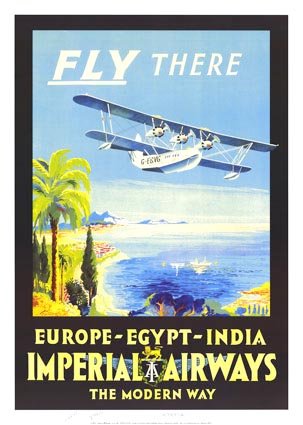State of the military historioblogosphere, September 2007
[Cross-posted at Revise and Dissent.] Six months ago, I used Cliopatria’s list of history blogs to assess the state of the military portion of the historioblogosphere. My original plan was to do this every year, but because things move fast online I’ll update it every six months instead. I won’t waffle on too much about […]



